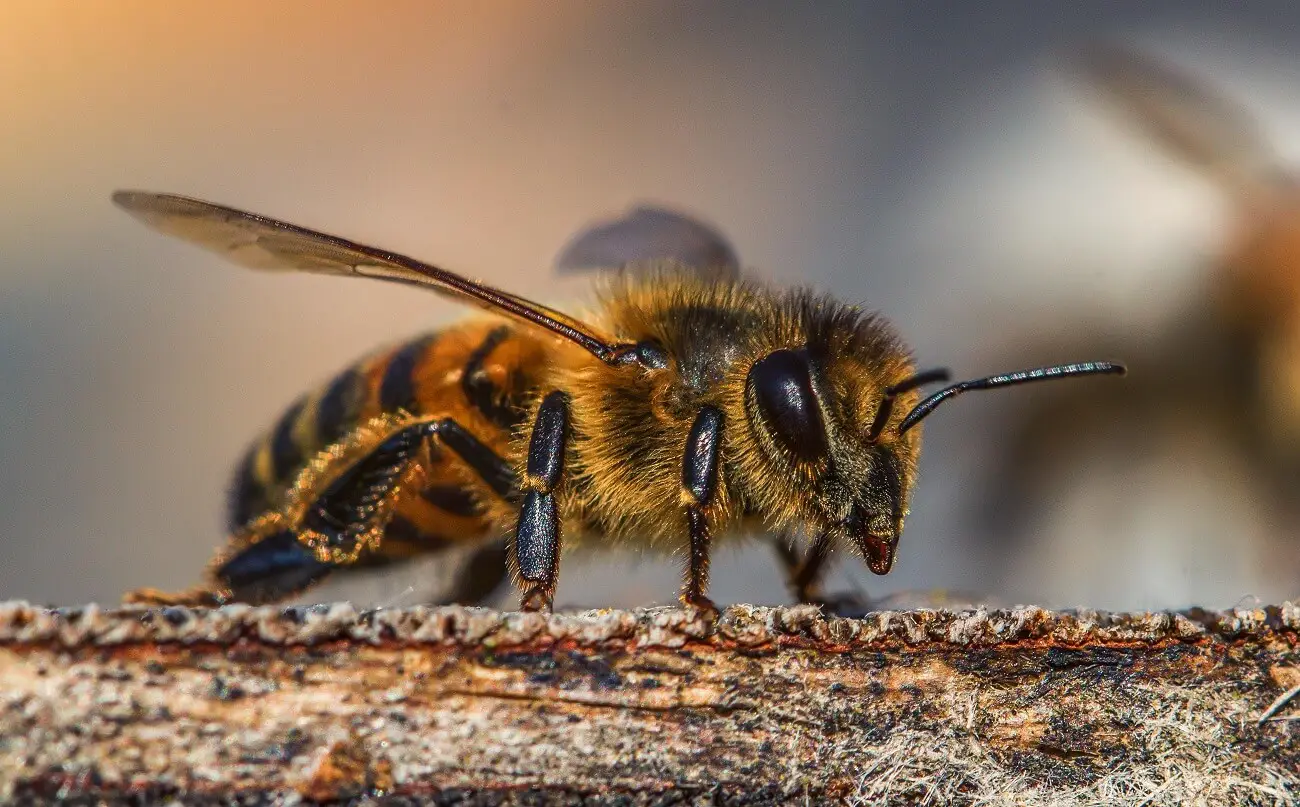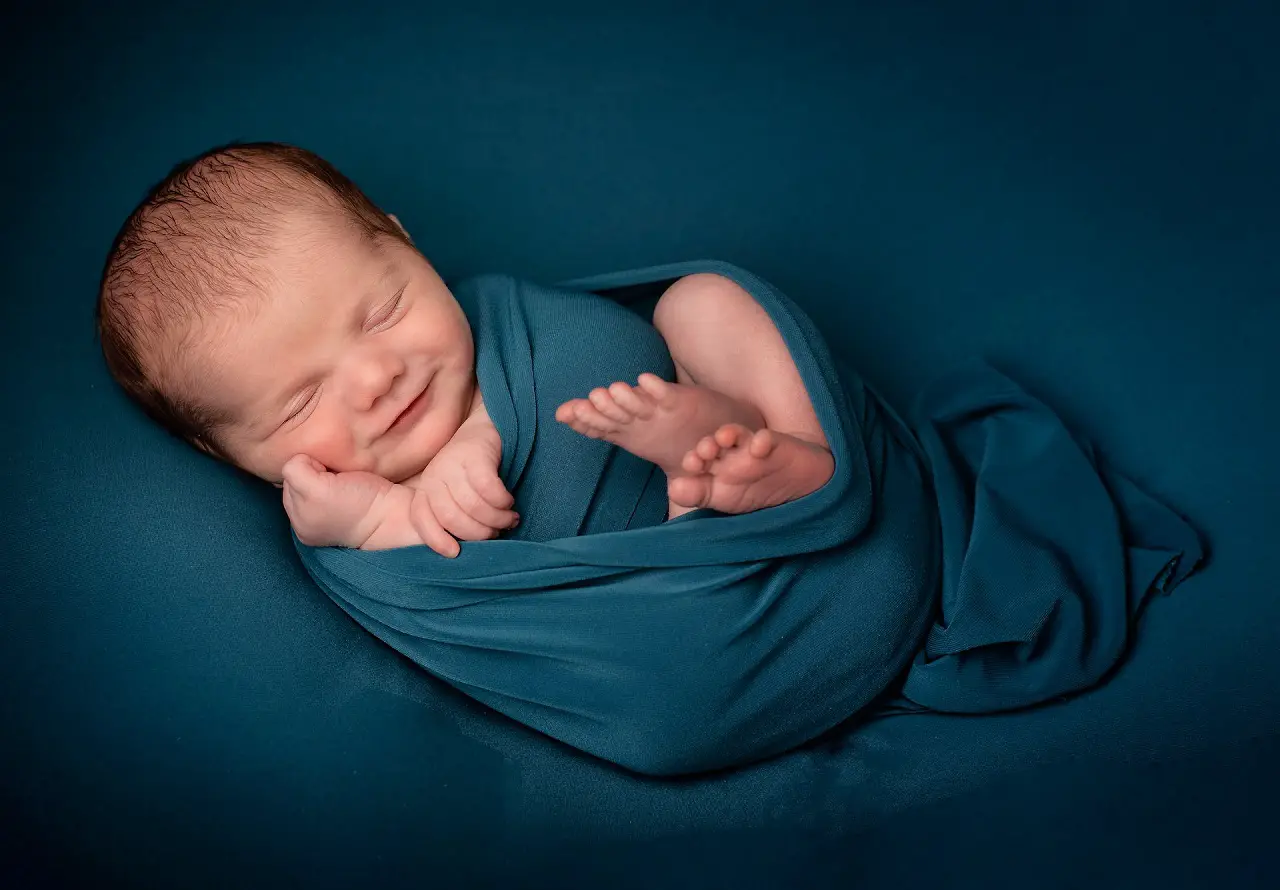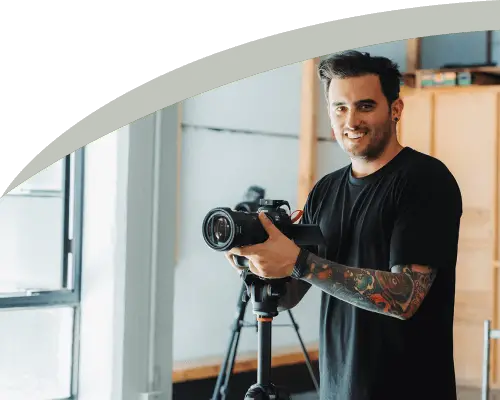Have you ever wondered what things like grass or bubbles look like up close? Or, have you ever noticed the tiniest details of nature – the ones that suddenly make things seem so much more incredible?
Micro Photography invites you to dive into the art of taking detailed and extreme close-ups of a subject. It’s a great way to show ordinary objects in a new light. Ready to photograph miniature objects!
Without any delay, let’s get understand the micro photography definition.
Table of Content
What Is Micro Photography?

Microphotography refers to pictures that use higher magnification up to the 20:1 range and transforms a small object into a larger one compared to real life. In most cases, the photos might be an object or parts of an object.
Not clear yet! Want some real-life examples?
Well, did you ever notice different tiny crystals in the ice cubes? Of course, No – because the naked eye can not detect these pieces. Micro Photography is more about textures and colors because it focuses on every micro detail.
What Is Micro Contrast in Photography?
In photography, contrast is the difference between an image’s darker and brighter parts. When you increase the difference, it gives you stronger colors and textures. But the photos will look a little bit flat after decreasing the difference.
On the other hand, micro-contrast is more than just contrast, sharpness, or resolution because it indicates the petite detailed tonal transition beauty from bright to dark and down to the pixel level.
Also, a lens with great micro-contrast offers you richer colors and tone transitions than another.
What Is Micro Close-Up Photography?
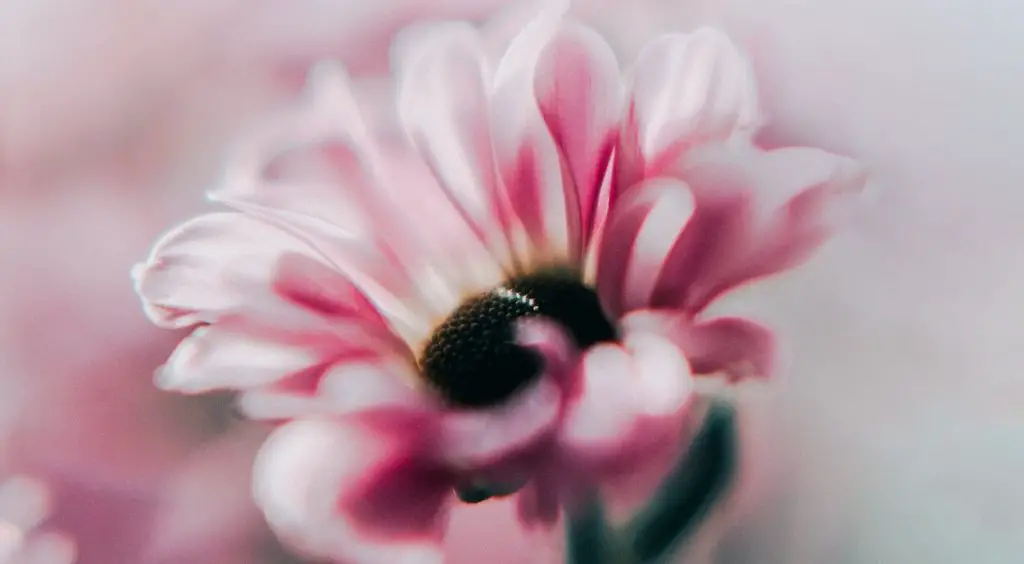
Micro close-up photography combines two photography genres: Close-up and Micro. You already get an idea about micro photography. Let’s outline what a close-up is.
Close-up photography is what it sounds means the photographs show a close-up view of objects like a bug on a leaf. This genre aims to show the small subject large in more detail than we’re used to in real life.
On the contrary, Micro Close Up photography is about achieving fine detail of your subject by increasing the degree of magnification. It’s also referred to as photomicrography or microscopic photography, revealing the hidden unseen world’s beauty.
What Is the Difference Between Macro Photography Vs. Micro Photography?
You might have been confused about macro and micro photography because these two seem similar. Some mention these two photography as micro/macro photography. But every photography genre is different from others.
So, let’s explore the truth in identifying macro vs micro photography.
Macro Photography
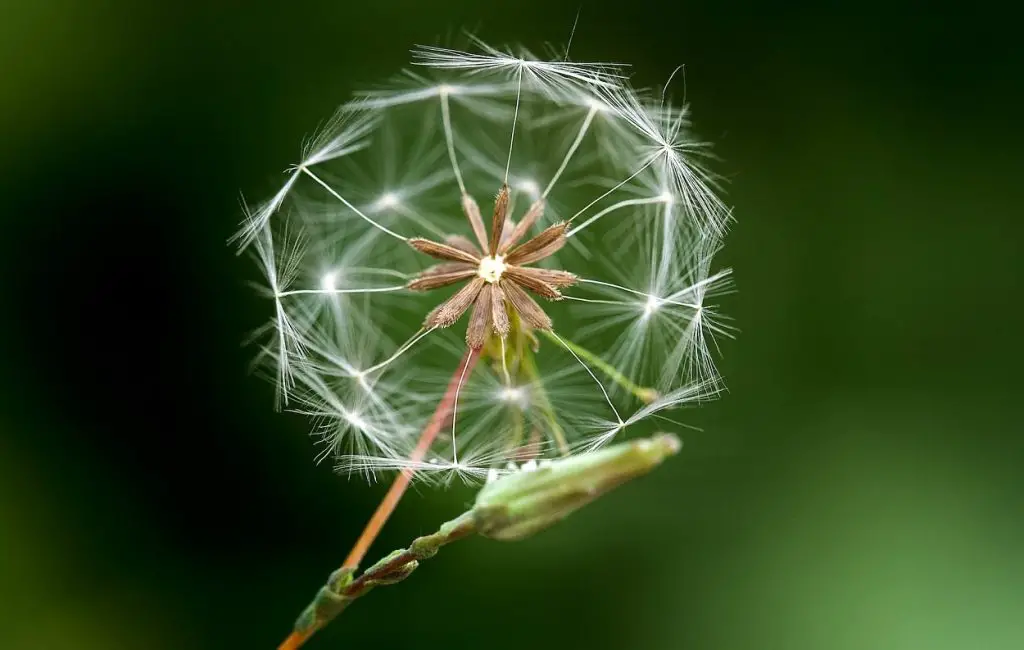
The macro vs micro definition lies in their depth of field. To know more, let’s look at below:
- Macro photography makes subjects several times bigger than it is in real life.
- The magnification ratio is between 1:1 and 10:1.
- Highlight unseen world beauty in a specific way.
- Use a tripod to get fine-tuned details and to be closer to the subject.
- Capture life-size objects like coins, musical instruments, flowers, etc.
Micro Photography
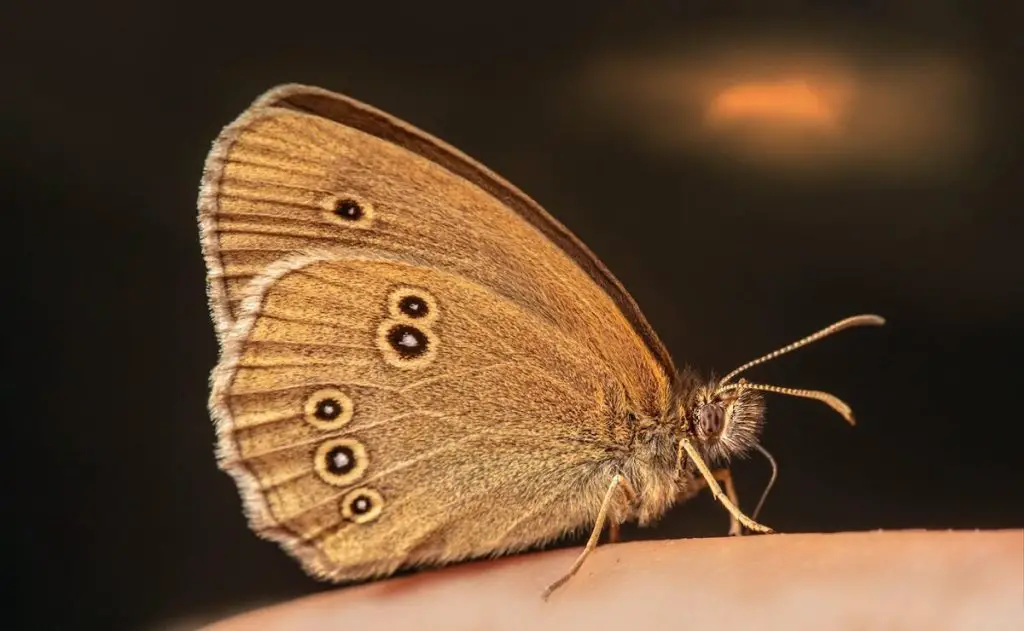
- Microphotography focuses on the most exciting details of a subject.
- The magnification ratio is between 10:1 and 20:1.
- Highlight the mysterious beauty of nature.
- Attach a camera to the microscope for achieving magnifications beyond X5.
- Capture almost microscopic features like peeling paint, precious gemstones, bubbles in carbonated beverages, etc.
What Equipment Do You Need for Micro Photography?
Are you ready to click the best micro photography images and show the world the mysterious creation of God? You’ll need a few essential tools that deliver high-quality and detailed photographs.
Let’s breakdown your Micro Photography equipment list below:
Micro Photography Camera
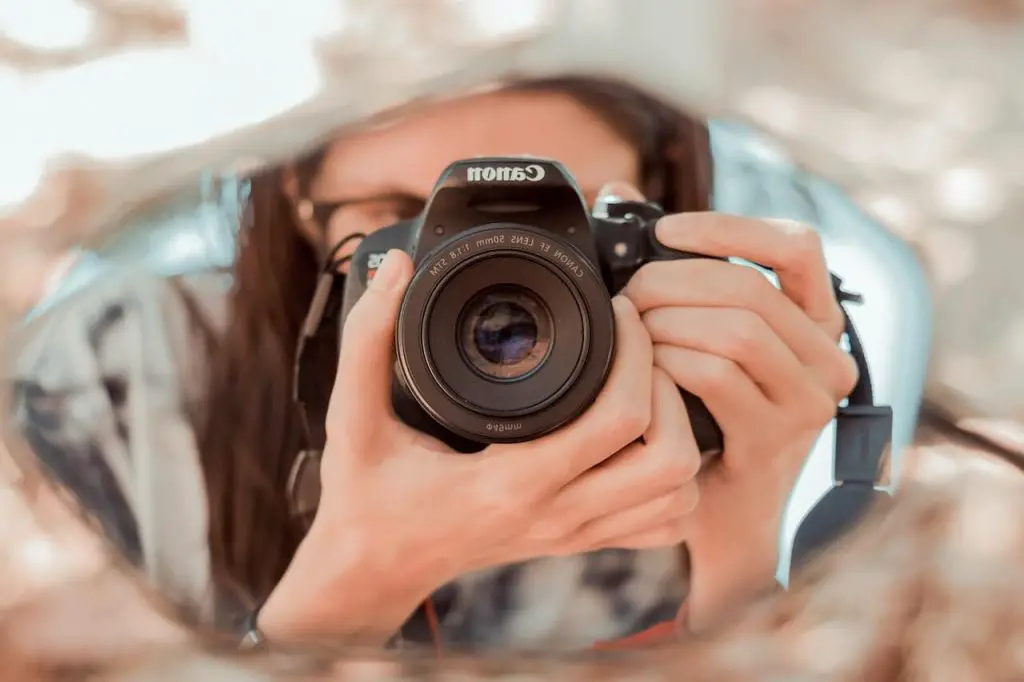
Also, a DSLR can easily adjust the focus, aperture, and higher resolution images with improved sharpness and clarity. So, let’s explore the best camera for microphotography below that gives you the latest technology and flexible settings:
- Nikon Z6 is the best mirrorless camera with high-ISO image quality and is perfect for low-light performance.
- Canon EOS Rebel T6i – an entry-level camera but rich in quality and very responsive with an LCD screen.
- Panasonic Lumix DMC LX10/LX15 – a 20.1-megapixel camera comes with 5-axis Hybrid optical image stabilization mechanism.
- Sony a7 IV – Offers one of the best full-frame sensors responsible for fantastic colors and resolution in your microphotographs.
- Olympus TG-5 – waterproof, dustproof, and versatile point-and-shoot camera that lets you focus from 1cm to infinity.
Lens for Micro Photography
You require a quality, lightweight, and versatile lens to shoot like a pro. So, without any delay, let’s take a look at the best lens for micro photography below:
- Nikon Micro Lens (Venus Optics Laowa 2.5-5X ultra-Macro) – best Nikon lens for macro photography that is designed for shooting between 2.5X – 5X life size and allows sufficient lighting on the object.
- OLYMPUS M.Zuiko Digital ED – versatile micro four-thirds lens offers you 2.5X magnification.
- Canon EF-S Macro IS STM – with this micro photography lens canon, you get built-in macro lite gives you flexibility and sharp images.
- Tamron AF – is widely used by naturalists and pros who need top imaging performance and a longer lens-to-subject distance.
- Irix Dragonfly lens – with this micro photography lens Nikon, you get weather-sealed housing and a focus lock feature.
Note:
- Reversing lenses is another technique for micro photography. If you want to protect your lens and camera, it is ideal to avoid this technique.
- You can try the macro converter – Raynox DCR-150 Super Macro Lens for the micro shoot.
However, you may also try other equipment like an Extension tube, a micro camera lens, and a tripod.
Extension Tube
They are essentially hollow tubes that you can attach with your existing lens to increase the focal length and get higher magnification. It comes with three sets, so you can mix and match depending on the situation.
Pro Tip: Buy an extension tube with electrical connections to the lens mount to control the aperture and focus.
Tripod
When you’re capturing small objects, you must maintain the focus for sharp images and keep your hand steady to avoid motion blur. You can successfully click your subject’s clear and sharp images using a tripod.
How to Do Micro Photography? Best Micro Photography Ideas
Micro photography’s beauty lies in details that transform everyday subjects into fascinating works of art. As a beginner, you may search for subjects in the outdoors. But to create compelling images, you can start indoors.
So here, we mentioned the best micro photography examples with ideas to help you shoot incredible small objects and enrich your photography portfolio.
Micro Photography Eye
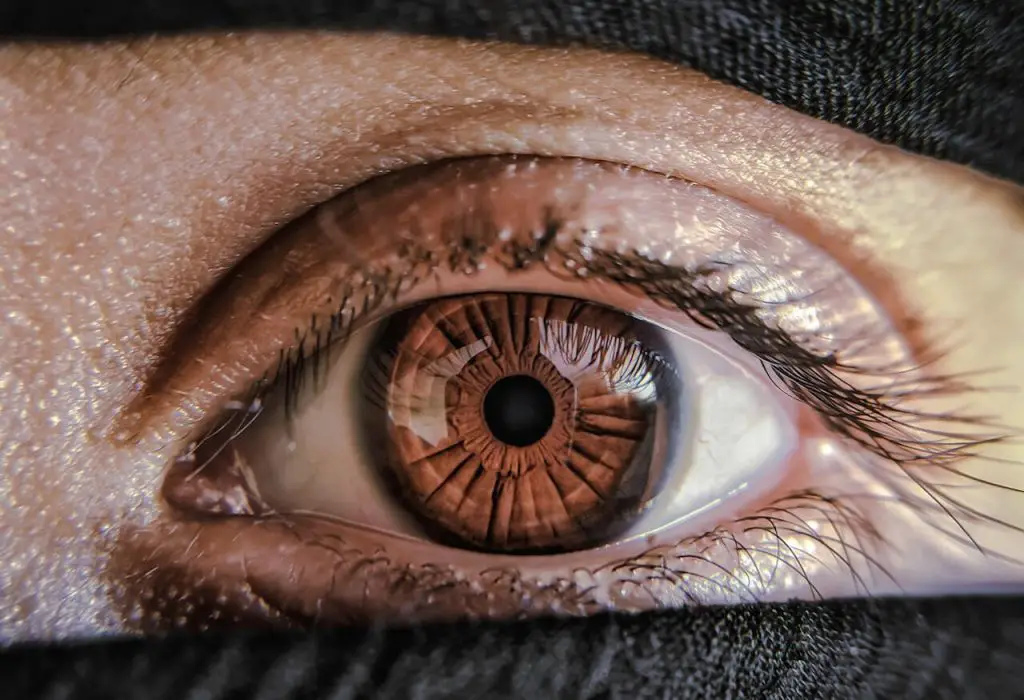
In beauty photography, the detail of the eyes speaks of your ancestry, colors, and unique patterns. Your eye can tell more about yourself than a full-body photograph because it is a way of non-verbal communication.
- Portray your emotions before clicking.
- You can expose the colored part of the eye than the dark black pupil.
- To get detailed photos, ask your model to look straight t the camera.
- Try other animals’ eyes photographs.
- Natural light is the best choice for capturing the eye’s beauty.
- Also, you can try soft and diffused light or soft-box.
Note: If you want to avoid harsh shadows, don’t use flash.
Micro Photography Insects
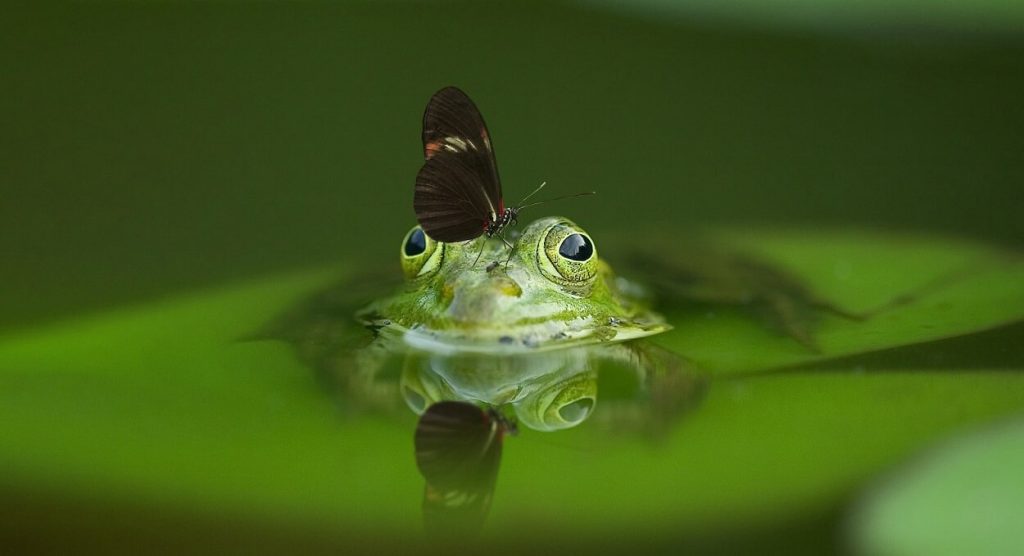
Insects are the most challenging subject in macro photography because they are unpredictable. But you find out some magical, small, and delicate details.
- A butterfly on a flower or a ladybug on glass can give you extraordinary macro images.
- You can turn these tiny beasts into giant monsters by applying macro photoshoot.
- Gardens and natural meadows are ideal.
- Using these little subjects, you can create a unique storyline.
Pro Tip: Try to shoot early in the day or late in the evenings because they tend to be a bit more restful stage at these times.
Micro Nature Photograph
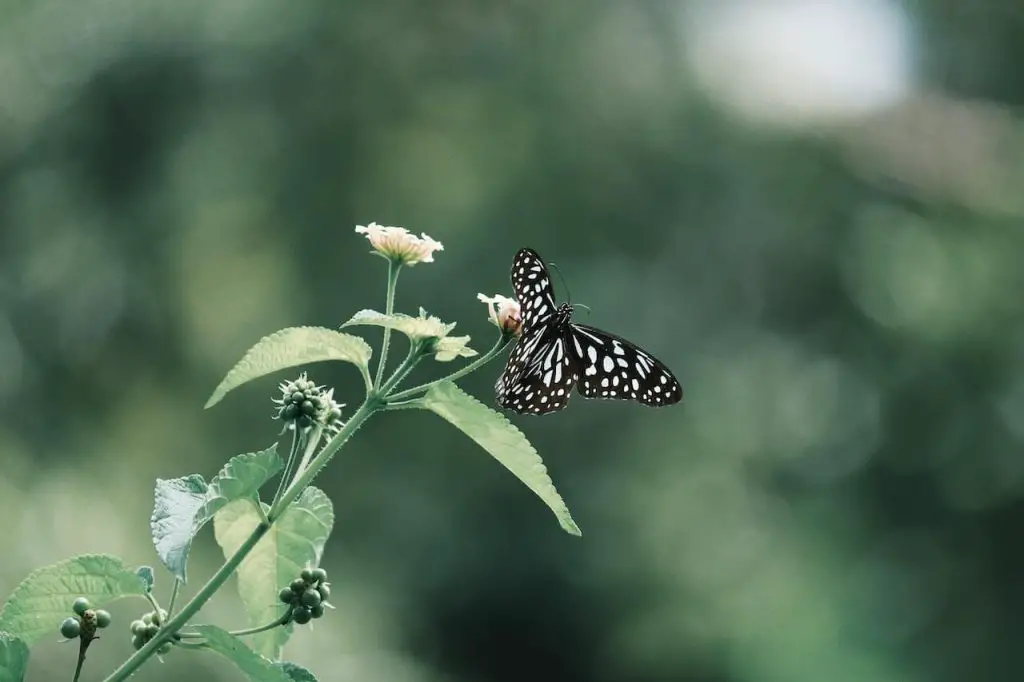
Patterns are the most creative and unique idea that adds value to your microlens photography. The mother of nature is full of hidden wonders that give you many macro photography ideas.
- You can shoot feathers to highlight tenderness and beauty.
- Leaves are the perfect object with different shapes, colors, and textures.
- Snow crystals are truly stunning nature creations.
- Also, you can shoot other exciting natural things not seen in our daily lives.
Micro Photography Flowers
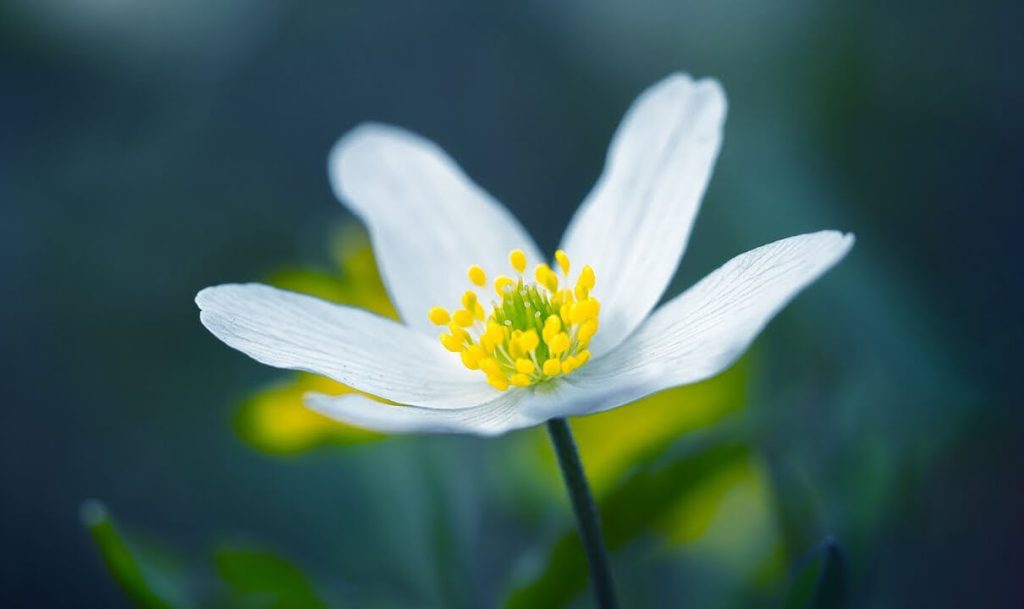
Flowers are the most beautiful creation of nature, where you get so many different colors, shapes, and sizes. But remember to take all necessary equipment for outdoor macro photography because you might have to deal with weather, natural light conditions, and wind movement.
- You can highlight a particular blossom’s shape or color.
- The field of natural wildflowers gives you outstanding views at different times of the day.
- Also, you can check out macro flower photography blogs to get the idea of shooting.
- For some powerful indoor flower macro photography, you can add water droplets using a spray bottle.
Water Droplets Micro Shots
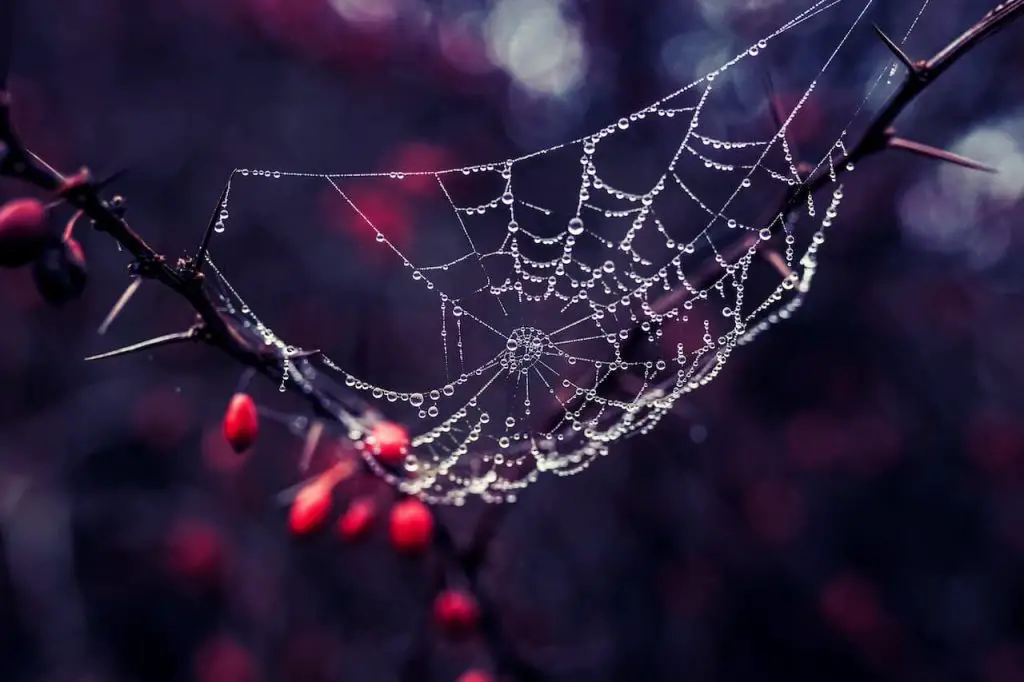
They’re great micro subjects and act like tiny magnifying glasses.
- Photograph water droplets on plant life, on a window, or on different things.
- Use a spray bottle to create artificial rain.
- You can use water droplets on CDs to experiment with colorful reflections.
- Also, you can try water drop refraction, moving the background subject towards and away from the water droplets until it looks clear within them.
Note: If you want to avoid wind movement, put water droplets on a solid surface or something that will not move.
Micro Jewellery Shots

Are you a product photographer who aims to spotlight high-quality product photos to boost any eCommerce business? Microphotography is the best pick for you to enlighten every little detail that attracts potential customers giving trust and loyalty.
- When photographing jewelry, ensure every detail of focal points, like gems, by adjusting aperture settings.
- Focus on clear and sharp images that represent uniqueness and beauty.
- Avoid direct sunlight or intense artificial light.
- Pay attention to reflections and glare.
Toys Micro Shots Photography
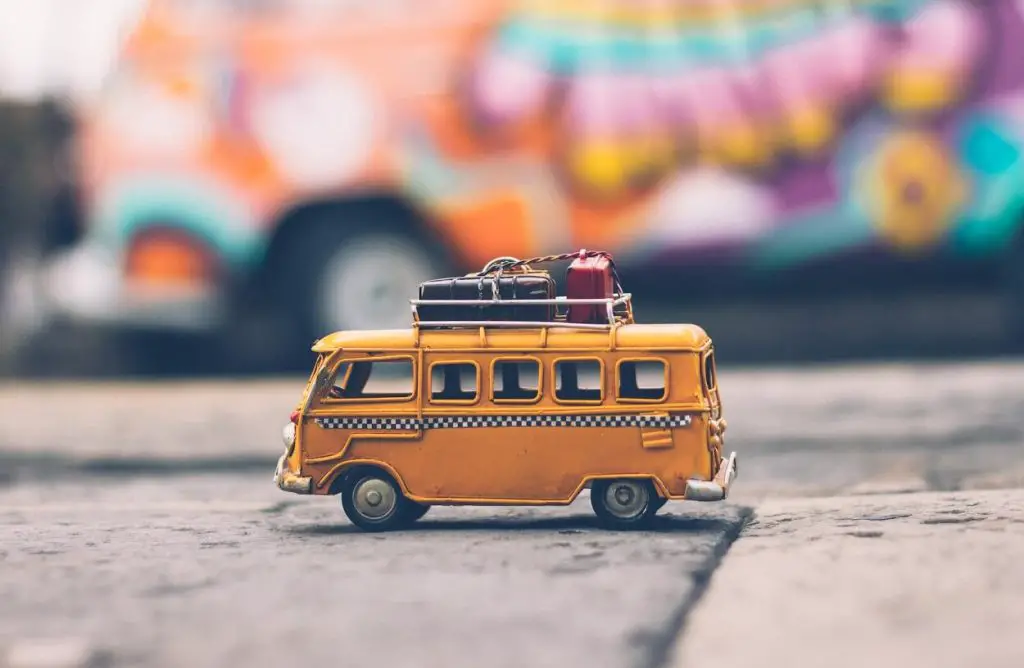
The most trendy and creative indoor photography idea is utilizing toys. Modern gadgets with colorful details can represent different characters. Also, you get enough space to create a story.
- Use the tilt-shift techniques to shoot little toy soldiers outdoors.
- Try different angles and perspectives to add interest.
- You can add props and try different lighting setups with the background to make a story.
Micro Landscape Photography
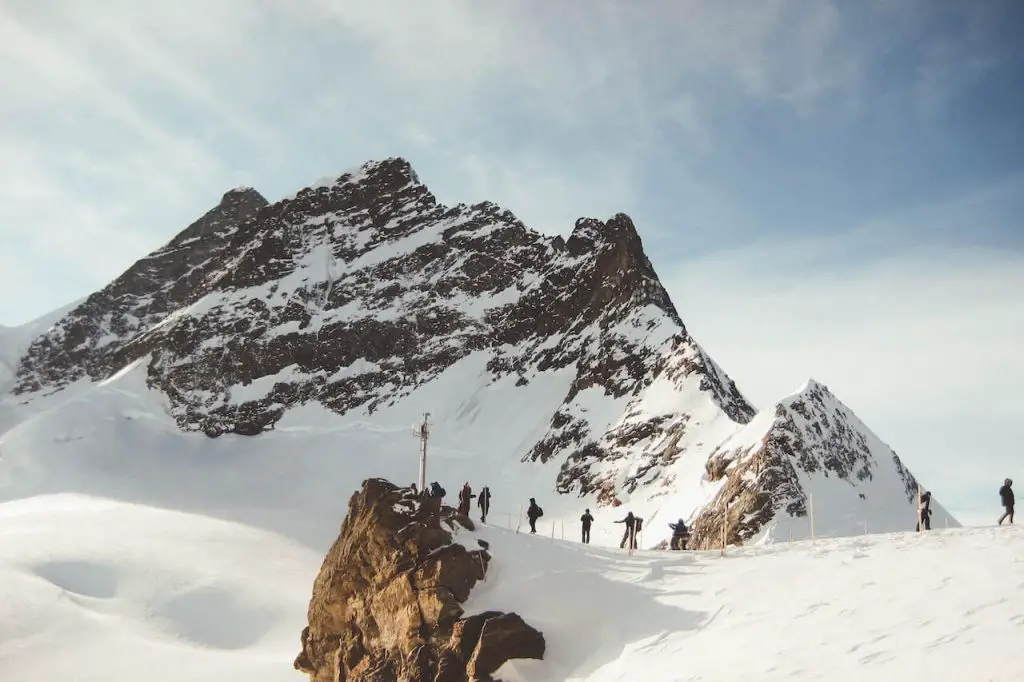
Are you an adventure lover and tend to highlight historical places, beauties, or a scenic vista? The micro landscape is an excellent subject for capturing different seasonal beauty or wildlife beauty.
- You can visit historical places.
- Or, you can go to different sea beaches to combine the sunset or sunrise charm with the shores.
- You can also highlight the beauty of pearls, red crabs, or other natural beauty.
Household Items Micro Shots

Household items are the best indoor photography ideas for shooting micro. You don’t need to invest extra for an outing or go hunt down insects. Walk around your living space and observe the object.
- You can use bead necklaces or cutlery in the kitchen to create eye-catchy photogs.
- You can create beautiful landscapes, aerial photographs, and city spaces using these items.
- You can use smoking candles to make a smoke bomb photography.
Micro Food Photography

Imagine a melting cheese on a burger patty or crispy lettuce view. Isn’t the dish giving you every detail of information? For this reason, Food photography is considered the best micro photography ever that highlights a dish’s texture, shape, and tempting food view.
- You can prepare a plate of fruits, veggies, or other food items for indoor shooting.
- Focus on overall composition to capture the best view.
- You can try to click photos of citrus fruits cut in half, ground herbs, colorful sugar sprinkles, and spices.
- For outdoors, you can visit different restaurants.
Fruits and Vegetables Micro
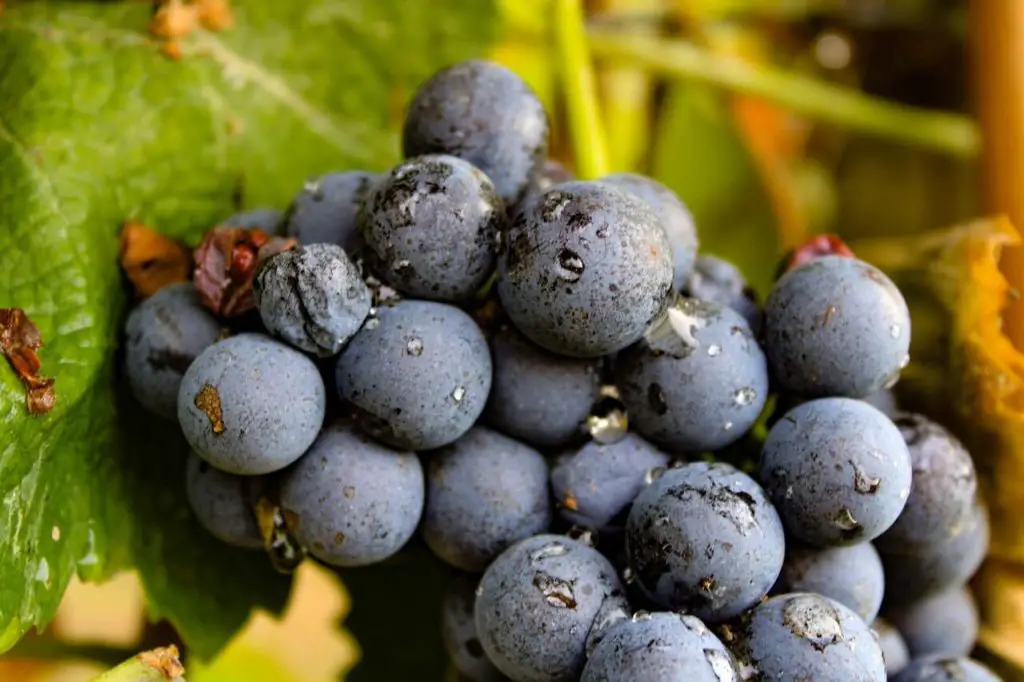
They’re a great subject to start getting into micro photography. When you look at these subjects up close, you discover a new world of rich color, contrast, shapes, and textures.
- You can slice oranges, lemons, and kiwi to take a microphotograph of these fruits’ inner parts.
- Try some passion fruits, pomegranates, and figs to spice things up.
- Also, you can implement some still-life photography ideas to evoke your audiences.
Micro Wedding Photography
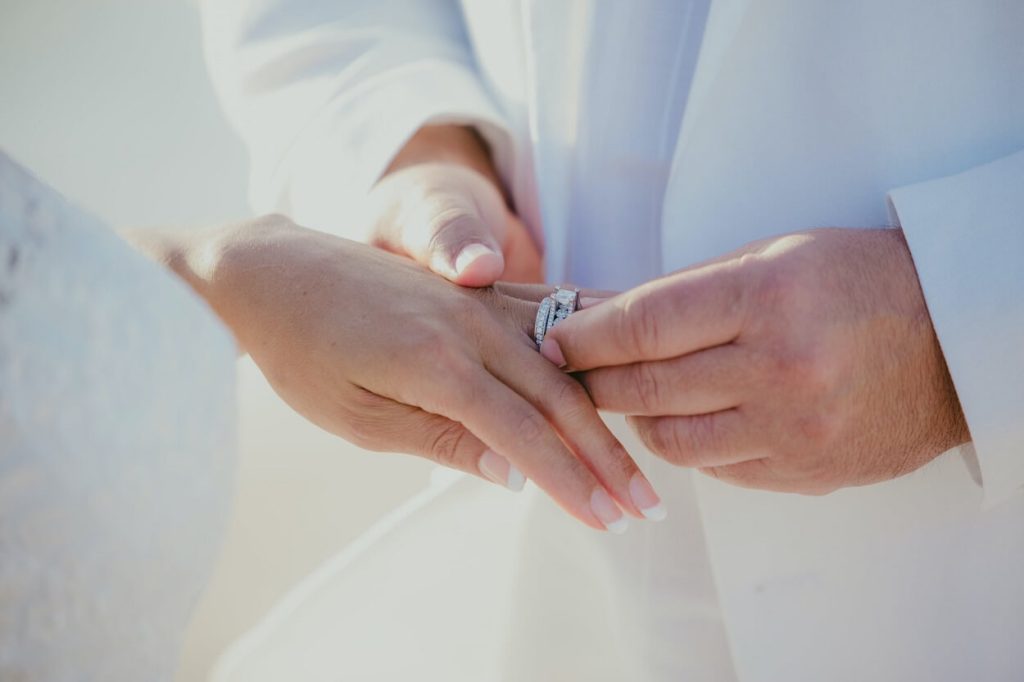
Are you a wedding photographer but love to capture specific and more detailed views applying micro photography techniques?
Micro engagement photography or micro wedding photography gives you lots of essential details. Also, you get family photo ideas that you can try if interested.
- The best idea for a wedding micro shoot is the bride and groom’s wedding ring.
- You can capture the bride’s attires, cosmetics, or ancestry hair clips (if any).
- Also, you can click the groom’s watch.
- Or, you can click wedding decoration place colorful patterns.
Micro World Photography
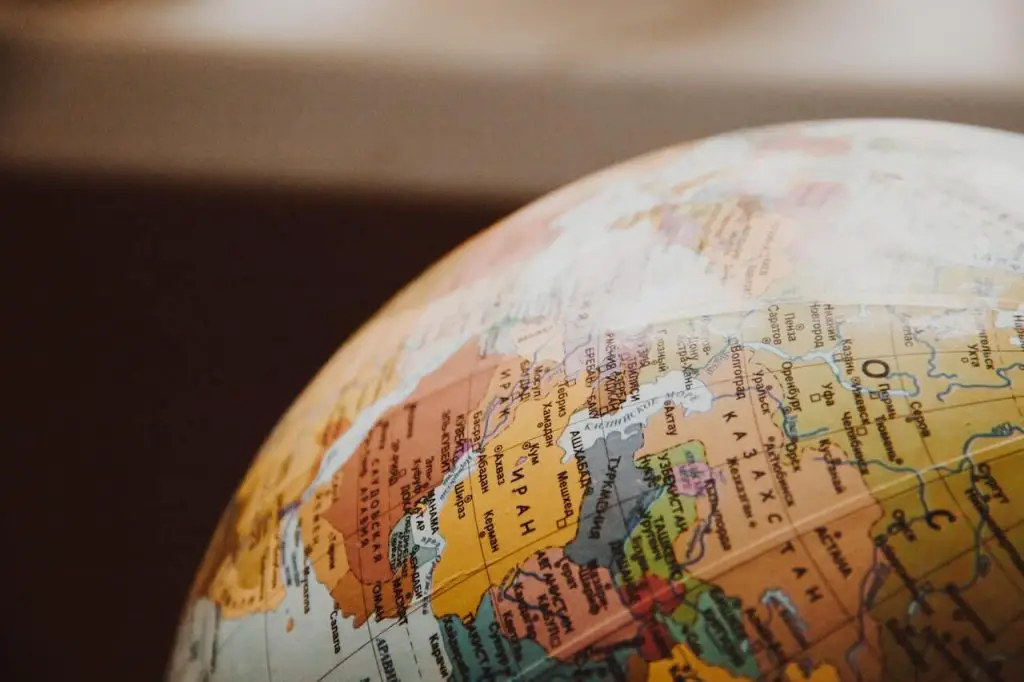
Are you bored of capturing fixed bugs or flowers? The world is a place of incredible beauty and many subjects that give you exciting moments. Also, when you look for patterns instead of objects, you can see the world in a potential micro photographic way.
- Try some aesthetic photography ideas to bring hidden wonders to light in all their glory.
- Explore the natural world and reward yourself with a more relaxing feel.
- You get close to various subjects and behavior that enrich your micro photography ideas.
Stones and Minerals Micro
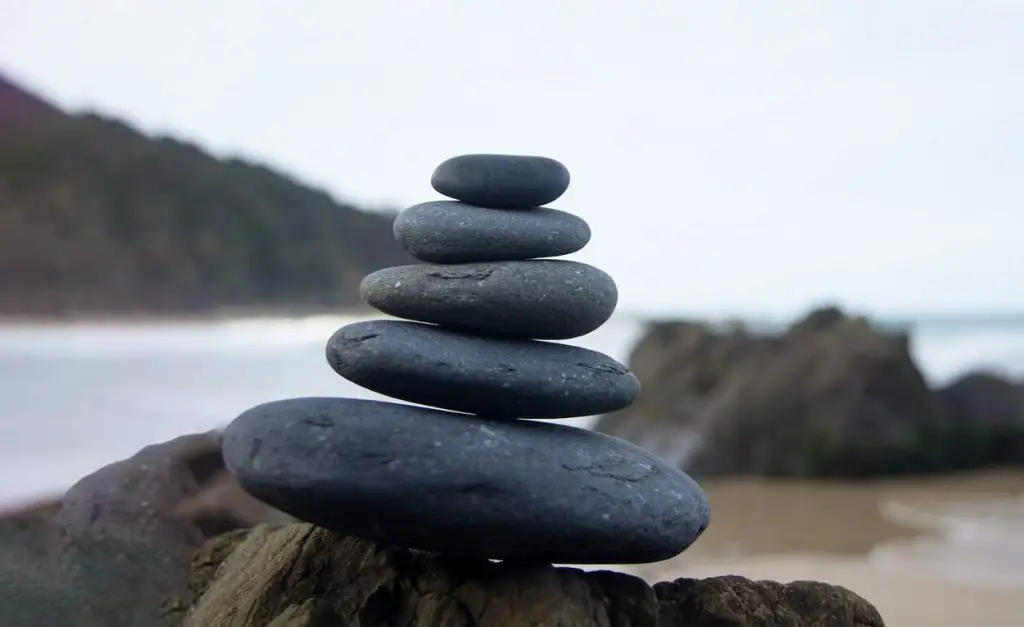
Do you search for repetitive patterns for some creative photoshoot? Stones and minerals are the most exciting subjects that fulfill your desire because each gives you a unique shape, color, and texture.
- Shoot in a group or single.
- You can change the depth of field to get some exciting results.
- Apply some creative ideas, including dead plants, blades of grass, moss, or other things.
Rust and Peeling Paint Micro
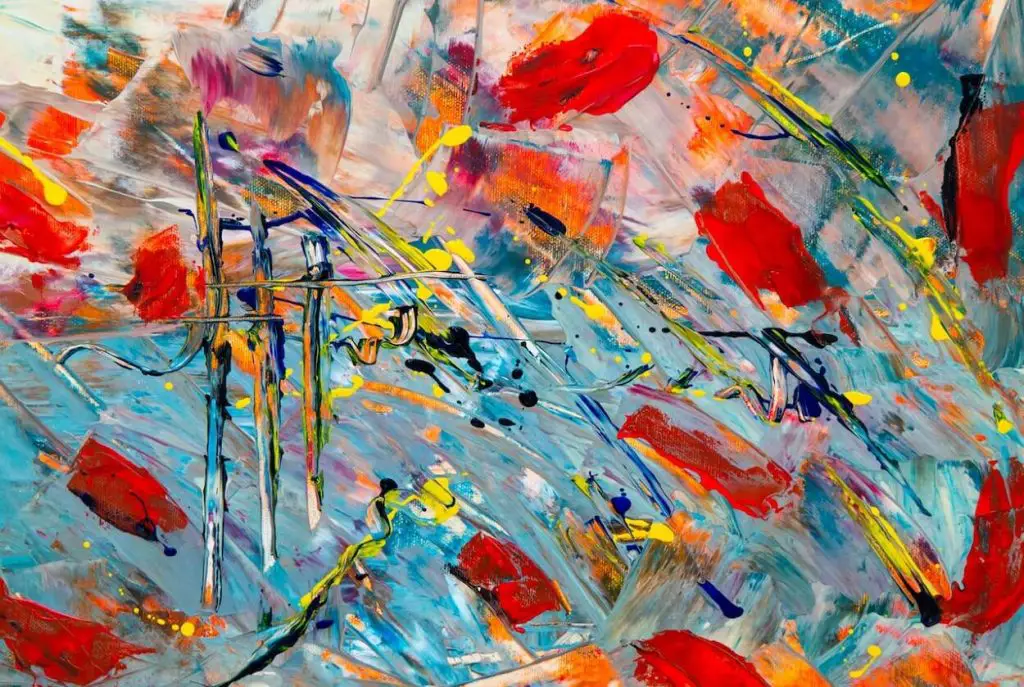
Rust and peeling paint is a super exciting and creative micro subject that represents a passing-time story. It isn’t easy to show time or movement in an image, but by applying this idea, you can do it.
- For shooting these objects, you can visit the forgotten building or out-of-care and attention structures.
- Observe metal doors, chains, and other old things outsides.
- Rust and petal is the best choice to capture textures and shades,
Abstract Micro Shots
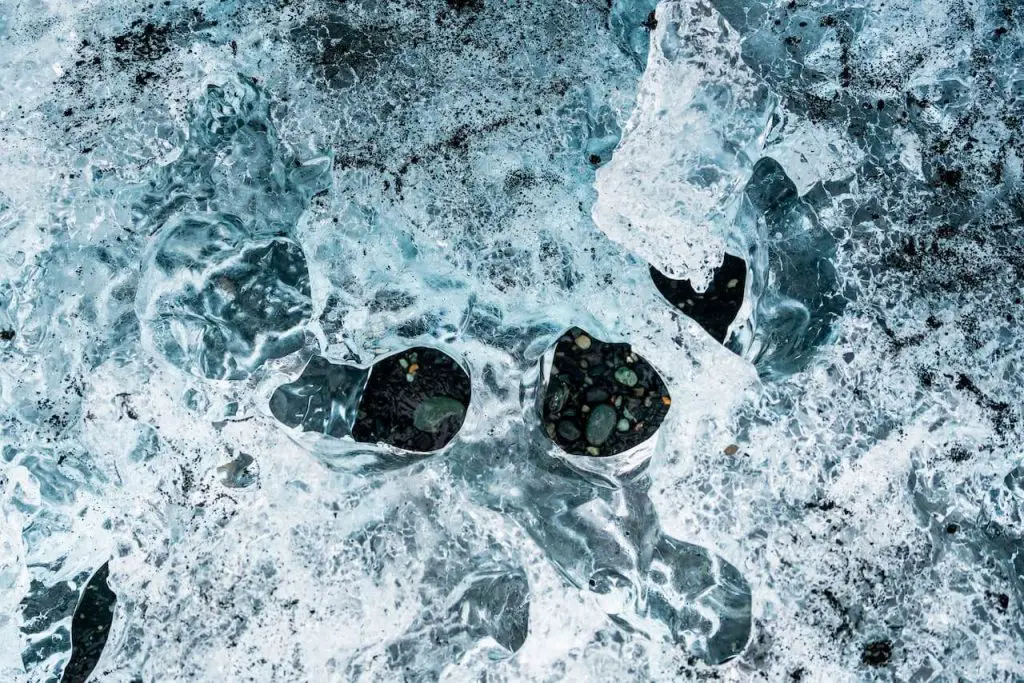
Microphotography naturally gives an abstract view when you make tiny details larger than life and shrink the depth of field. To capture the abstract beauty of nature, you need to train your eye for recognizing and composing shots.
- You can use a simple piece of old paper for an abstract micro photoshoot.
- Photographing ice cubes reveal exciting patterns.
- Or, try to capture grass and flower petals, cracks, bubbles in the frozen surface of a lake, butterfly wings, etc.
Textures Micro Shots
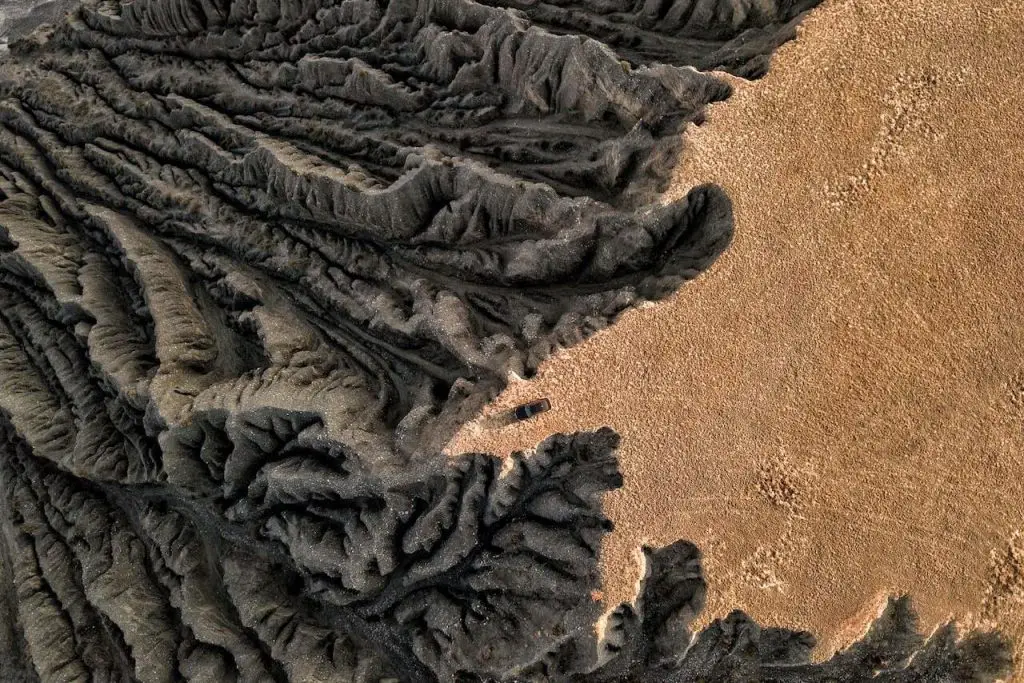
The texture is one of the most versatile areas you can discover in micro photography. From miniature worlds to humans, everything is filled with lots of texture.
- Anything in powder form, such as spices, can give you a mind-blowing look.
- You can shoot grains highlighting many sizes and shapes.
- To show off your creativity, you can create textures for creating mountains and valleys.
- Try some folder paper, fingerprints, colored pencils/crayons, tiles, and textured glass.
FAQs
Difference Between Macro Lens Vs. Micro Lens
Unlike macro photography, the magnification level of microphotography is too high that a DSLR can’t serve. But you can buy a macro lens to increase your zoom capabilities as much as possible or can add magnifying glass or microscope to achieve your goal.
What Is the Difference Between Macro and Micro?
The micro and macro photography differences lie in their magnification and photography purposes. For example, micro is mainly used in scientific inventions, whereas macro is used for highlighting every little perfection of product details.
Should I Take Macro or Micro?
The answer lies in your photography purpose and what you want to highlight. Macro photos aim to reveal the beauty of the hidden world, whereas micro photographs aim to gather information. So, the choice is yours.
Which Is Harder, Macro or Micro?
Microphotography is harder than macro because it uses a 20:1 or higher magnification ratio, whereas macro requires 1:1.
How Do I Start Micro Photography?
Microphotography is all about interpretation that expresses the beauty of the tiny world. You need to train your eyes, dedication to building a composition, and perfect camera technique knowledge to achieve your goal.
Conclusion
Microphotography is full of fun and creativity. You get enough opportunities of exploring aperture, shutter speed, and camera lens to look at the little details of nature.
We hope you get the proper knowledge and inspiration to start independently.
Why delay? Let’s capture the smallest details and introduce the world of stunning works of art.

